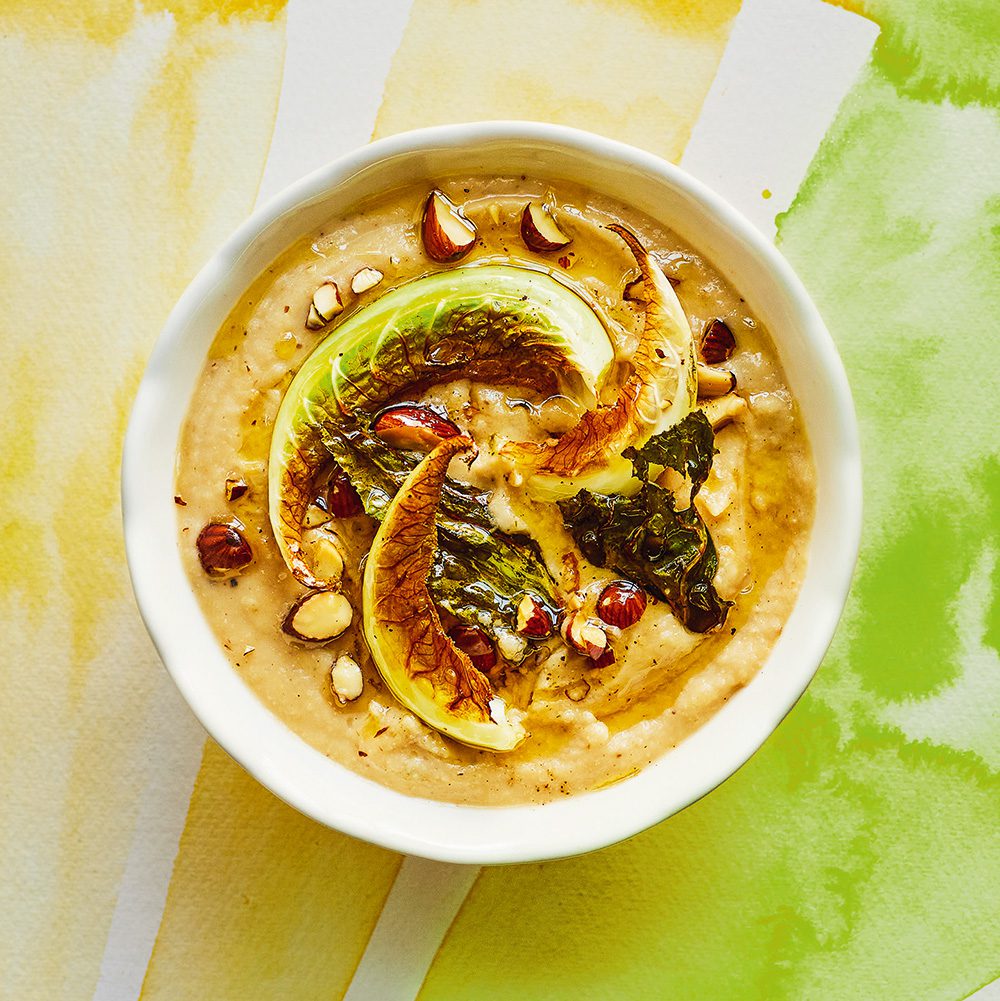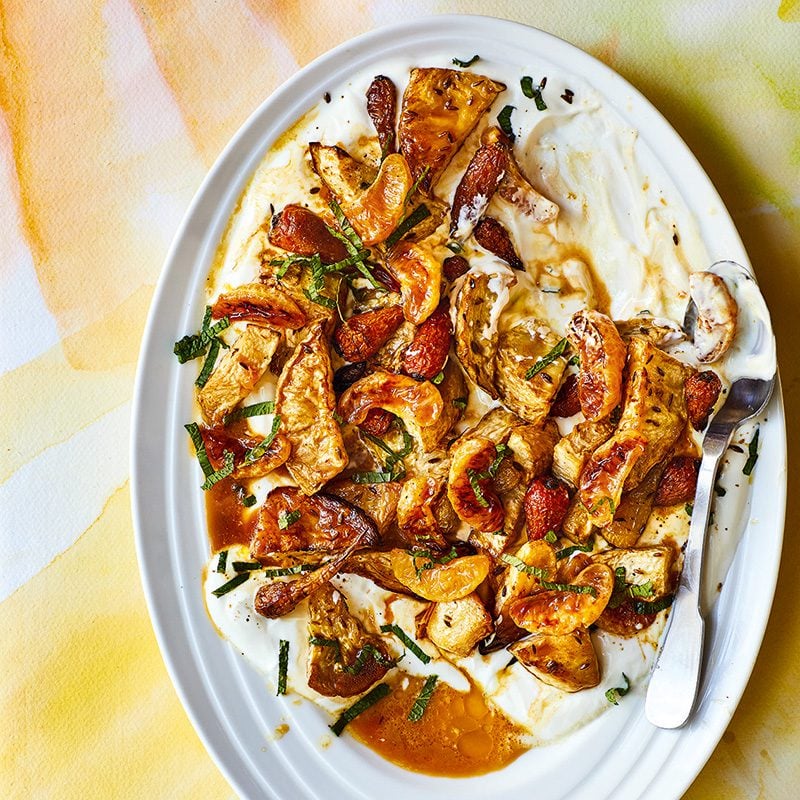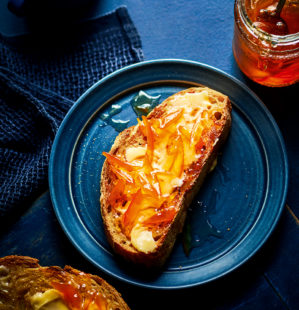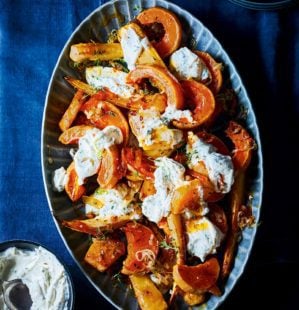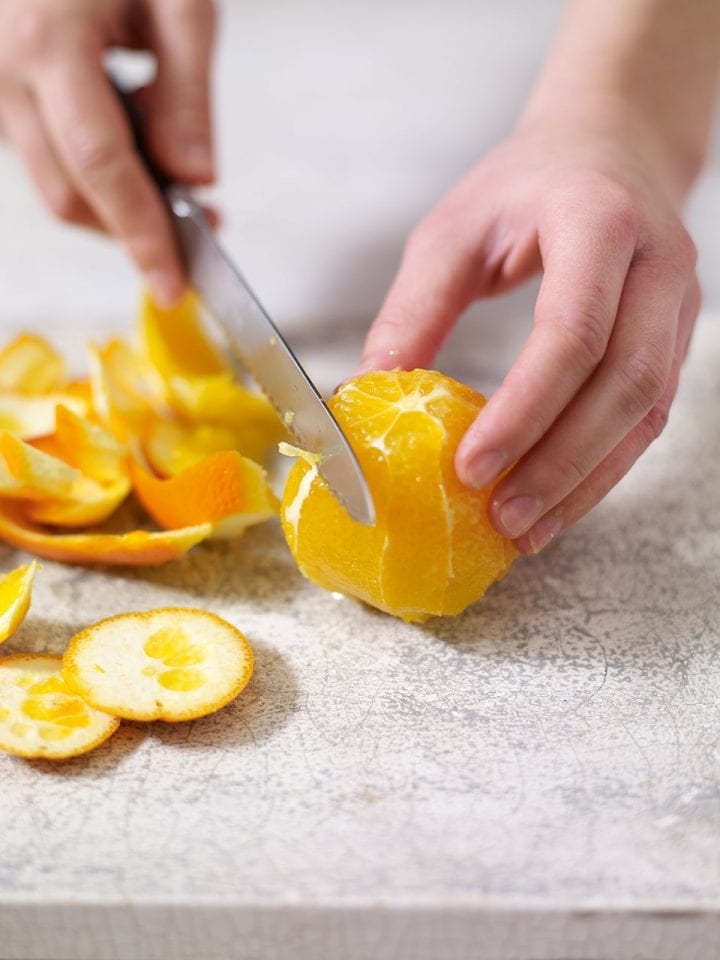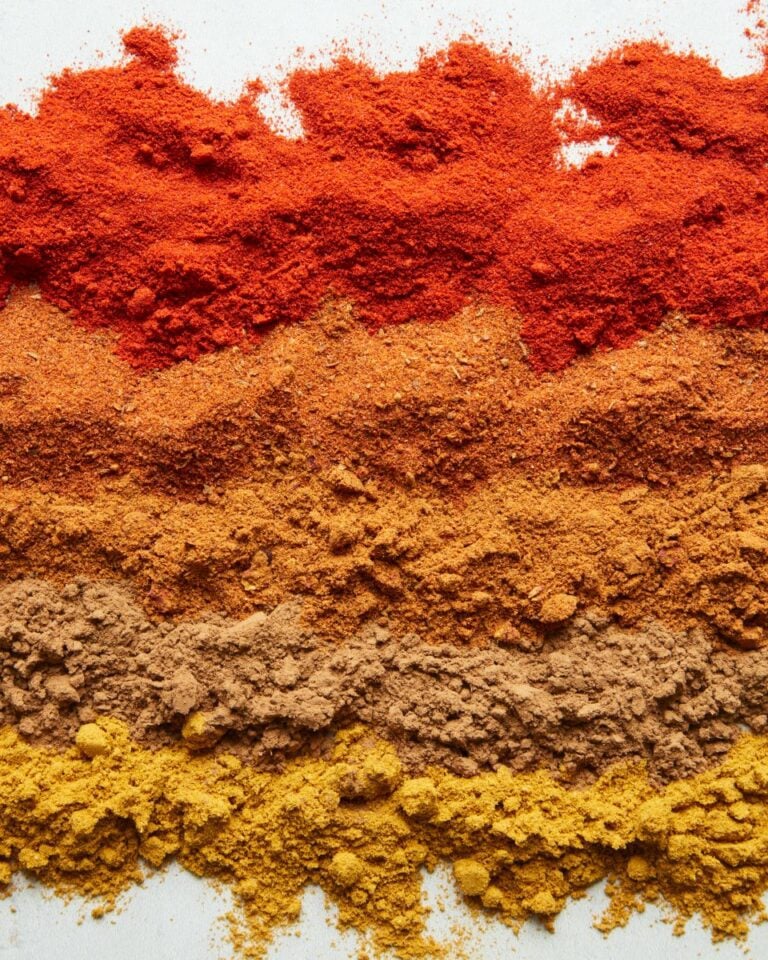Beyond lemons and limes: Why you should try new citrus fruits in 2024
Year-round demand means speciality varieties of citrus fruits – such as yuzu, mandarins and seville oranges – have been forgotten while ‘easy peelers’ fill supermarket shelves. Clare Finney looks at how smallscale farmers are striving to preserve some of the more interesting fruit and grow them sustainably, plus suggests ideas for new and unusual citrus fruits to try this year and where to find them. When you’ve sourced the zesty produce, try them in Emily Gussin’s zingy recipes…
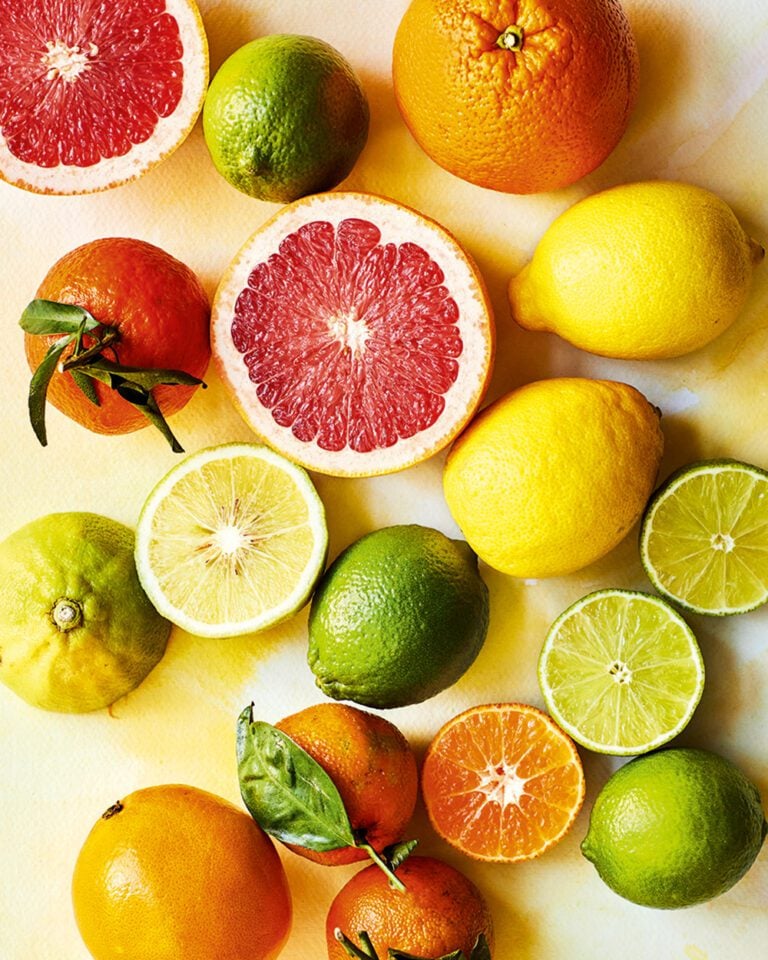
Does citrus have a season? Yes – although you’d be forgiven for thinking otherwise. “It’s a winter fruit,” says Franco Fubini, founder of Natoora, supplier of hyper-seasonal produce, “but people have extended the season with modern varieties.”
In the UK winter, citrus come from Spain, Italy and North Africa. “The tradition of Christmas oranges derives from that,” says Catherine Phipps, author of the cookbook Citrus. In our summer, lemons, orange and limes now come from the southern hemisphere, where the seasons are the opposite. Yet, unlike strawberries, which many of us avoid when they’re imported mid-winter, we tend not to think about seasonality in citrus.
“It’s so pervasive,” says Fubini. “We drink gin and tonics or citrus cocktails year round. Orange juice is traded on the Chicago Exchange.” In the kitchen, we view lemon as we do pepper or salt. That has shaped supply and demand on a global scale, with a handful of large companies dominating production and removing seasonality – with the exception of a few lesser-known varieties cultivated on a smaller scale.
Matthew Slotover is the founder of Toklas, a London restaurant that showcases special citrus varieties. “Finger limes start in October or November and have a very short season,” he says. “Citrons start mid-November – they have an edible pith, and we pair them with fennel. Mandarins are Christmassy; pomelos and blood oranges start in December and peak around February. In winter, we find certain varieties change week by week.”
"Despite its year-round ubiquity, citrus is a winter fruit – and there’s delight to be had in discovering the different varieties."
Why can’t I find more unusual citrus fruit in the shops?
If you’re lucky you might come across shops stocking finger limes, citrons and other lesser known citrus fruits – but they’re few and far between now. In his book Eating To Extinction, Dan Saladino writes movingly about the near forgotten barrel oranges, bitter oranges and vanilla oranges of Sicily, almost all of which have been replaced by a select few varieties. “It’s a globalised industry now,” he says, “with huge producers in North Africa, USA and Spain.”
Toklas sources its citrus from the Todolí Citrus Farm near Valencia in Spain, where over 400 types are cultivated. Here you’ll find varieties like the calamansi, a tiny fruit originally from the Philippines with a flavour profile that sits somewhere between lemon, orange, lime, giant kumquat and the unforgettably named (and shaped) buddha’s hand.
“Todolí is fascinating and important because it’s committed to diversity – not just to efficiency and market value,” says SongSoo Kim, head of sourcing at the restaurant group Super 8, which also sources its citrus from Todolí and Natoora. “They see value in variety and in flavour.”
"The extraordinary diversity of citrus is at risk from the industrialised production of a select few varieties."
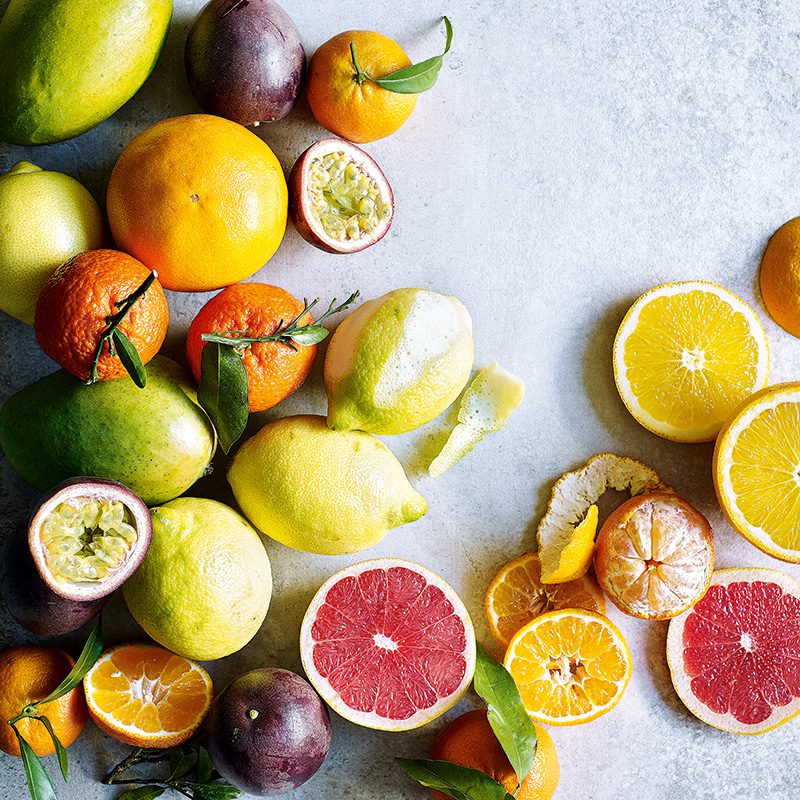
Is growing only a few types of citrus a problem?
Yes, and it could be serious. SongSoo Kim says: “By deeming some varieties more valuable than others, we create monocultures that undermine our ecosystem. If everything was singular and there was a pest that loved that one thing, it could wipe it out.”
For orange groves, this risk has become reality for thousands of growers, thanks to huanglongbing (citrus greening disease), which is incurable. When it was first detected in Florida in 2005, it reduced the crop by 75%; since then it has swept though most parts of the citrus-growing world.
Often when we think of the environmental impact of the food we import, we think of the carbon footprint of its transport. Yet with citrus, the environmental – and human – costs come more from the manner in which it’s grown. “The way you continue to meet year-round demand for the same fruit,” says Fubini, “is through large-scale orchards farmed intensively: heavy on irrigation and pruning, heavy on chemicals to suppress pests and disease – and to give bare ground between trees for tractors to move.”
“This desertifies the soil and impacts surrounding wildlife,” says SongSoo – and it’s as true of Europe as it is of the southern hemisphere. Sicily isn’t the only place to have sacrificed soil health, citrus species and, ultimately, whole farming communities in its attempts to keep pace.
The damage isn’t confined to the environment, either, says Fubini. “As you select for fewer seeds, easy to peel skins and longer shelf life, you select against flavour – which is nutrition – as inevitably something else has to give.”
The treatment of the fruit post- harvest is also an issue for some people: “That waxy coating you can see – that’s a fungal treatment. It promotes the shelf life of the product.” If you’re cooking with citrus and using the zest or peel, it’s better to use unwaxed fruit.
"Seeking out lesser-known varieties from small-scale farmers minimises our environmental impact and maximises flavour and nutrition."
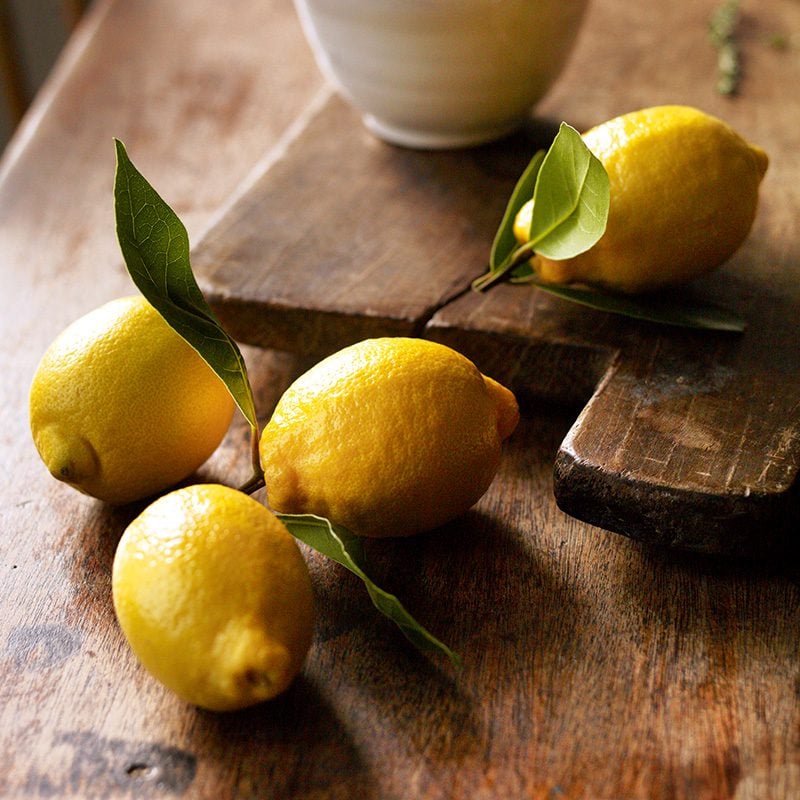
Should I buy unwaxed citrus?
Yes, especially if you’re vegan, as the wax may contain shellac or beeswax, derived from insects, as a carrier for pesticides, fungicides and dyes. That said, finding unwaxed fruit isn’t easy, and unwaxed spoils more quickly. “Our unwaxed citrus lasts only three to four weeks – so we have to be careful about how much we order,” says Slotover.
Luckily, there are loads of ways to use citrus quickly and in bulk. “We candy them, make marmalade with them, juice them… That means we can have citrus from Todolí year-round – because it’s preserved.”
Your best sources for unwaxed fruit are Natoora, Ocado (which also sells fruit from Natoora), your local greengrocer and Crowd Farming, a website where you can support organic or regenerative farmers by adopting a tree or buying a box of fruit and sharing the harvest with friends or neighbours to keep costs down.
And, in a moment of desperation, when your nearest available lemon is in a corner shop? “You can wash the wax off,” says Phipps, “if you give it a good scrub.
Squeeze me quick: Citrus varieties to try
Seville oranges These puckeringly tart oranges come in at the end of December, linger until February and are about so much more than marmalade. “I love limes, I really do,” says Catherine Phipps, “but when seville orange season arrives, I use them in place of limes. The juice is sour, which is great for preserves and cooking, but the real value is in the zest. It’s not bitter in the way the zest of a sweet orange or clementine is.”
Yuzu Available from early autumn to early spring, yuzu have an intensely aromatic zest and fragrant orange flavour, making them great for sweet and savoury uses. They aren’t cheap, warns Phipps, but you can use every bit. The zest is as good in desserts as it is in salads, and even post-zesting “there are still enough oils to infuse honey or sugar syrup with the skins”. The juice lends itself to curd, custard, ceviche and marinades. Find bottles in some supermarkets or online.
Oroblanco Similar to grapefruit but easier to peel and eat like an orange, they run from October to the end of December and are “fantastic”, says Fubini – “really sweet”.
Mandarin Although their names are often used interchangeably and they can be eaten in the same way, the mandarin is different from the more commonly available clementine. “Clementines are sweet and acidic, but the mandarin has an incredibly floral flavour,” says Fubini, who sources two for Natoora: the Etna and the Tardivo Di Ciaculli, both from Sicily. They tend to be available from the end of November to February.
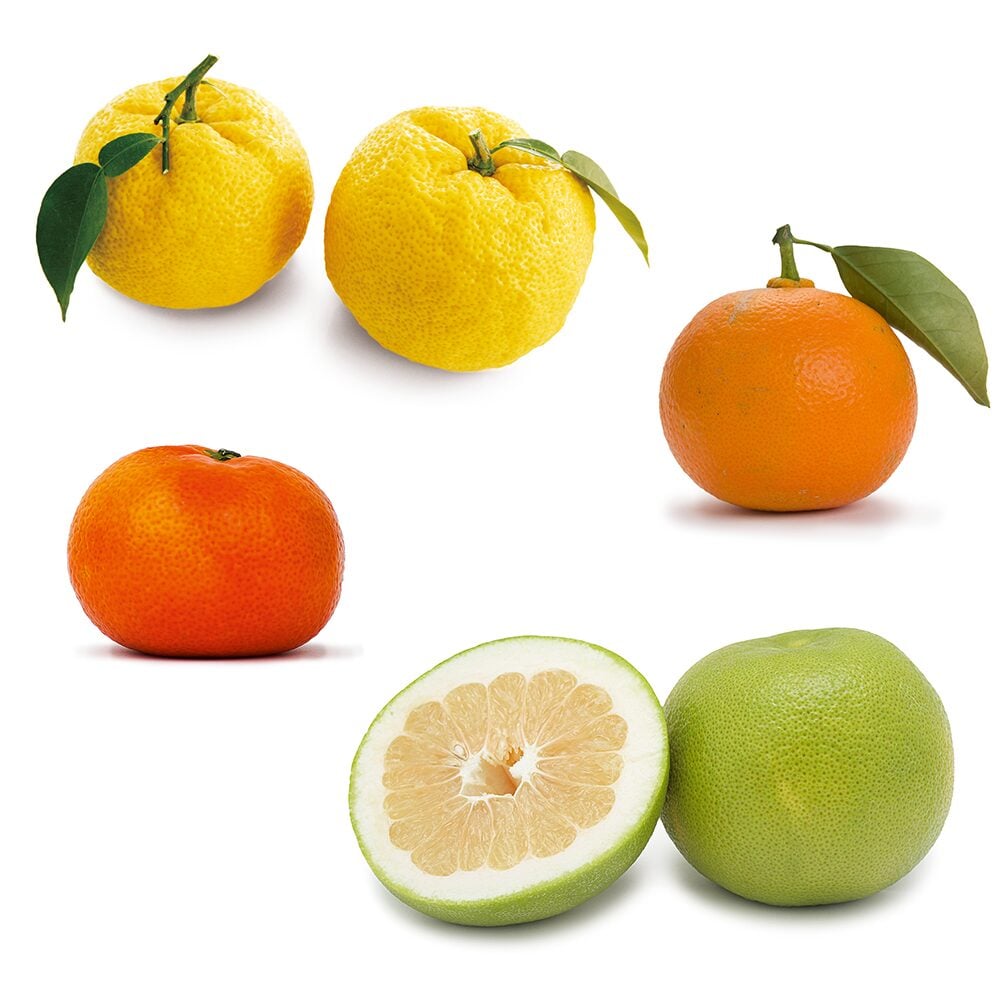
Inspired? Try Emily Gussin’s delightfully zesty recipes made with speciality varieties…
Cauliflower, white bean and yuzu soup
The unique zingy sweetness of Japanese yuzu juice gives this soup a bright lift of acidity without too much sourness.
Floral mandarins provide the perfect contrast for earthy celeriac and sweet carrots in this winter side dish.
Seville orange, cardamom and ginger pie
Seville oranges add a floral taste and distinctive bitterness to this no-bake dessert, with cardamom mousse and gingery biscuit base.
Discover all our citrus recipe ideas – sweet and savoury.
Subscribe to our magazine
Food stories, skills and tested recipes, straight to your door... Enjoy 5 issues for just £5 with our special introductory offer.
Subscribe
Unleash your inner chef
Looking for inspiration? Receive the latest recipes with our newsletter
